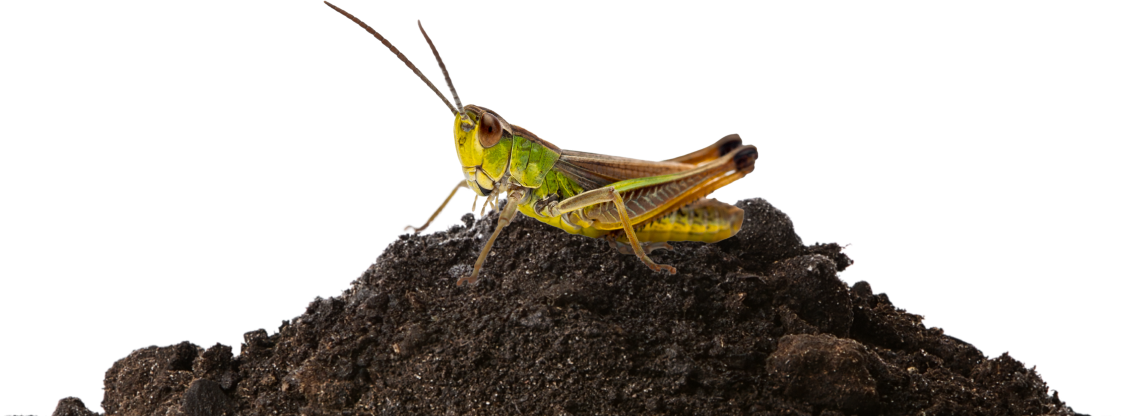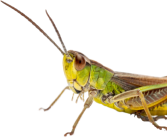Cricket Pest Control Sydney



The family scientific name for crickets is Gryllidae, derived from the Greek word gryllos, meaning "cricket". This name was first used by Aristotle, who observed that crickets produce a chirping sound by rubbing together hardened forewings. It is believed that the high population of crickets in Sydney, Australia can be attributed to the temperate climate and abundance of food sources. The hot, dry summers provide ideal warm weather conditions for insects to thrive, while sources such as grass and compost heaps offer an ample food supply. Overall, these factors have contributed to the growth of cricket populations in Sydney, making them a common sight throughout. The most common cricket species are the field crickets, mole crickets and the house cricket.
A Cricket is a small, insect-like creature ranging from 1.2cm to 5cm with six legs and a hard exoskeleton. Crickets come in a wide range of colours including green, dark brown, black, red, and yellow that live outdoors.
The body of a cricket is divided into three main segments: the head, thorax, and abdomen. The head is covered in hard plates and contains the cricket's mouthparts as well as its two large compound eyes and threadlike antennae. The thorax is comprised of three pairs of hind legs for jumping and two pairs of wings, which are used for flying and sensing changes in temperature and humidity.
As omnivores, crickets thrive on a wide variety of foods, including leaves, fruits, plants, and even other live insects.
They also require plenty of water to keep their bodies hydrated.
One thing that crickets do is eat each other. They have been known to cannibalize hatchlings and others if there is insufficient food and water
Crickets are attracted to damp areas and high level moisture areas which can be found in moist places listed below:
Though crickets are known for their positive characteristics, such as their role in folklore and music, they do have some negative impacts on the environment.
The loud chirping of crickets can be quite annoying, disrupting a good night's sleep.
Many people experience a strong aversion to crickets, leading to psychological stress or discomfort.
These insects can also be harmful to crops, consuming large amounts of plant matter or damaging seedlings with their sharp mandibles.
Given these negative impacts, crickets pest control is needed before it becomes a serious problem.
Several measures can be taken to prevent crickets.
By following these simple tips, you can greatly reduce the risk of an infestation and enjoy a cricket-free home year-round.
At E1 Pest Solutions, we are proud to offer industry-leading services when it comes to dealing with cricket infestations. Our team of highly skilled technicians has many years of experience working with all types of pests, including crickets. From identifying the source of the infestation and helping you come up with an action plan, to offering safe and effective extermination methods, we have everything you need to deal with this issue quickly and effectively. Whether you're interested in a one-time treatment or ongoing maintenance and monitoring, E1 Pest Solutions is the best choice for a cricket infestation. We are committed to providing our clients with top-quality results and total satisfaction at every stage of the process. So if you're dealing with crickets in your home or business, don't wait – contact E1 Pest Solutions today and let us help!
We'll be happy to answer any of your questions and help you find the best solution for your team today. Thank you for choosing E1 Pest Control Services!